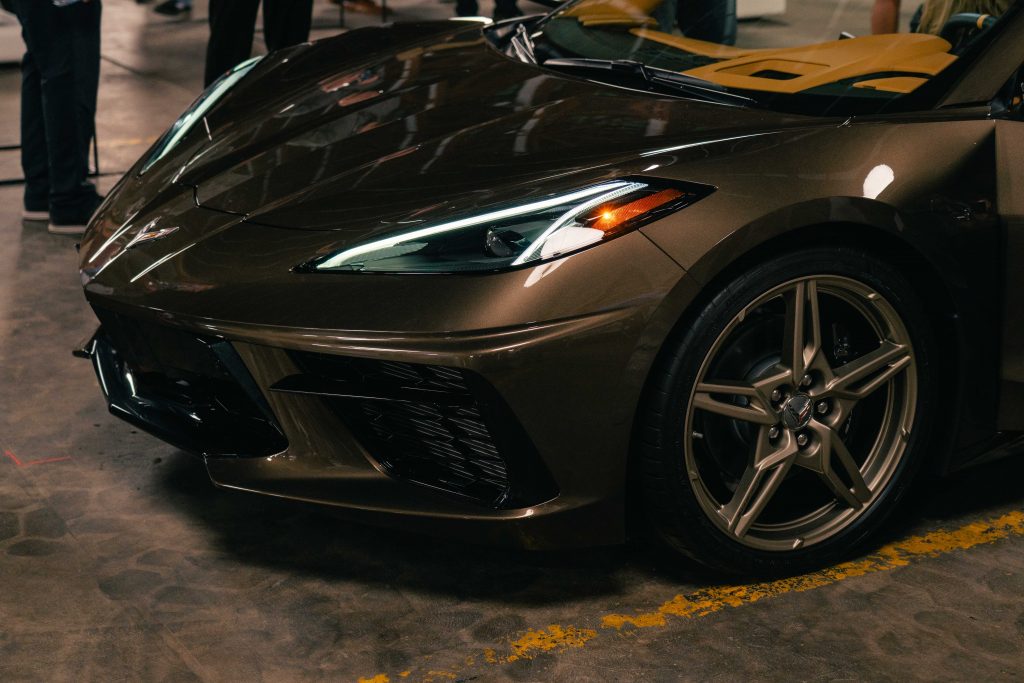Interview: Tom Peters and the 2014 Chevrolet Corvette Stingray
We talk inspiration, heritage and hate mail with the designer of the hottest new American sports car

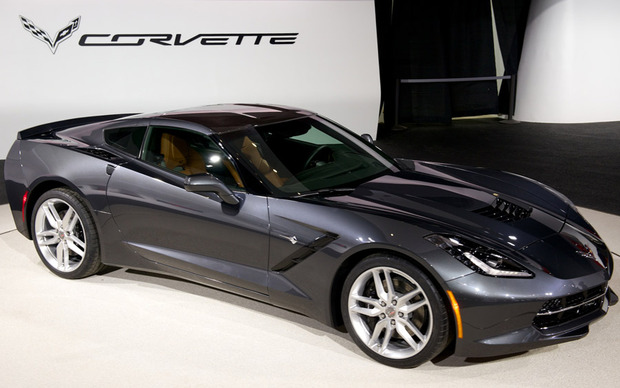
Chevrolet announced the all new 2014 Corvette C7 Stingray to grand applause and a few raised eyebrows at the 2013 Detroit Auto Show. Just the seventh iteration since the iconic car’s inception in 1953, the redesign is all about moving the model, and the company, forward. Rather than playing it safe with some surface tweaks, the C7 evolves and, in some cases, removes some of the model’s most legendary design details—details that to executive director of exterior design Tom Peters felt, “old.” Creating no shortage of buzz, the polarizing design takes a definitively American stance—love it or leave it.
We had the chance to catch up with Peters to talk about everything from design freedom and inspiration to the backlash of the car’s design evolution.
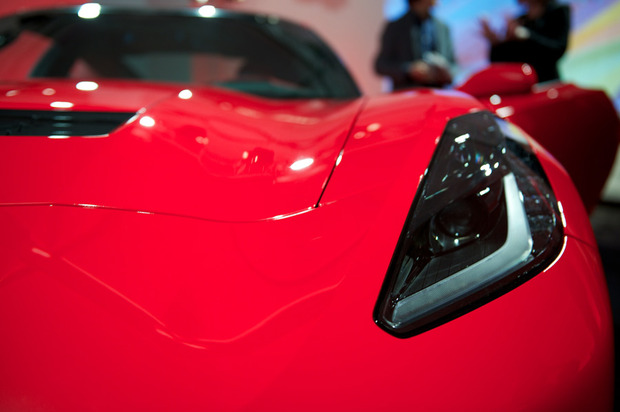
It seems like you and your team were given a lot of freedom on the C7’s design, like full on, balls-to-the-wall freedom.
It was, it was, that’s exactly what it was. And I think in terms of the design, I’ve never had more freedom. Tadge Juechter, who is Corvette’s chief engineer, really supported my designs and objectives to create a really new statement. And people were prepared to push things a little bit, and I like that freedom. My job is to, you know, push the edge.
“The Stingray is magic. It’s powerful…It promises so much. It’s uniquely Corvette, it just has this wonderful aura about it.”
Tell me about the Stingray.
I remember when I was in the third grade and we had a kid in our class. I remember his dad pulling up in a ’63 silver Stingray…It was like a spaceship landing. You’re not really sure what it is; you don’t know anything about design. It’s just cool. You just know it’s cool! I remember that car literally. That was the first time I loved the Stingray.
The Stingray is magic. It’s powerful…it promises so much. It’s uniquely Corvette, it just has this wonderful aura about it. And ever since then I’ve said, “man, wouldn’t it be great to do a new Stingray?” because you know, they stopped after this series (points to the C2, or second generation Corvette, which was produced from 1963-67).
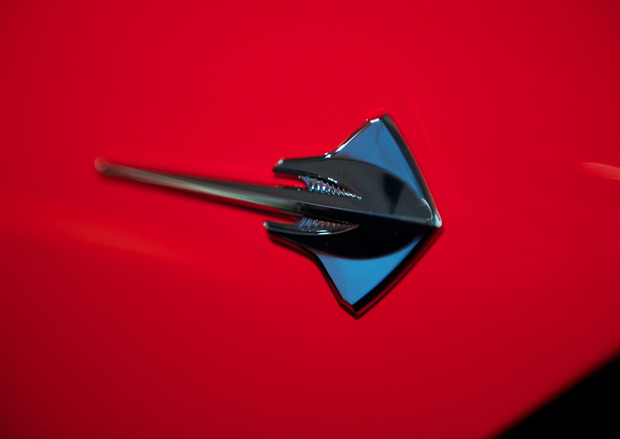
How did you reincorporate the Stingray into the Corvette lineup?
After we finished working on the Stingray concept car in 2009, I wanted to do a pure styling statement. And I almost got fired for this because we worked on that in a separate studio… I sketched, pen on a piece of paper, that shape right there (points to the car). I gave it to one of our designers that does these automotive graphics…and he came back with several iterations of that guy (points to the Stingray icon on the side of the car)…and that helped, I think, get this thing ignited and allow me to do a full-size model, which was a non-running model. I saw that and I said, “hmm, I think that’s a neat design, but I think it needs to be a little smaller.” So I talked to Ed Welburn, VP of global design, and he supported another model, 7/8 scale. That one became the running version. That one really got the Stingray generated as far as not only the philosophy, but also some formal vocabulary. You see this flat line on the side of the hood? That came from that Stingray model, that model was also done before the latest Camaro. That Stingray model was an influence on the Camaro as well, actually. That design is pretty significant for us.

When we got engaged with this program, the dialogue continued but Ed said, “You know what, I agree with you, the Stingray on the Corvette is so powerful, so strong, but I tell you what, the overall car, the shape, the character—it delivers performance wise, quality wise, but it has to live up to what the Stingray is about, and I’m not gonna support, I’m not gonna agree, until I see where you guys are heading with this design.” So this design had to mature to a certain point. We had the discussion, got with Tadge, walked around it and we thought, this design can live up to the expectations and the promise that that little guy delivers.
How did you first approach this assignment?
When you look at the cars like this the first thing that attracts people is the way the vehicle looks. If it didn’t look intriguing, or captivating, people don’t care if you took a hundred pounds out of the frame. It’s wonderful, they want to drive it, but a Corvette is about this combination of the synergy.
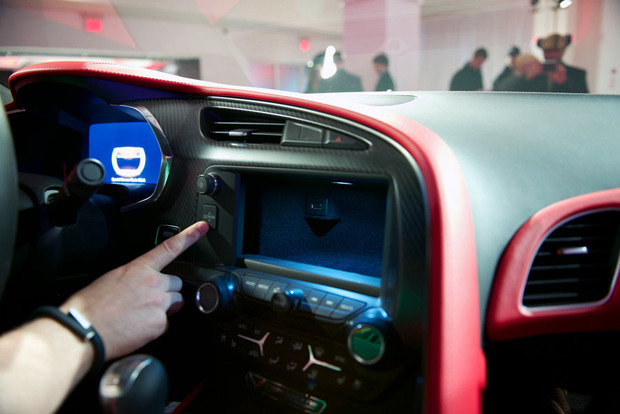
What are some of the things that served as inspiration for the C7?
I think aircrafts have always been a quintessential design source of inspiration. Recently we just dug up some General Motors archive images and sure enough, even back to the ’30s and ’40s cars they always had airplanes in the back of them in the sketches. And this one is no different. We look at YF-22s, some of the current leading edge technology aircraft, military aircraft. Why is that? Because they’re state-of-the-art, they’re super high performance, purposeful, functional, serious vehicles. They have a mission statement, so taking that into consideration.
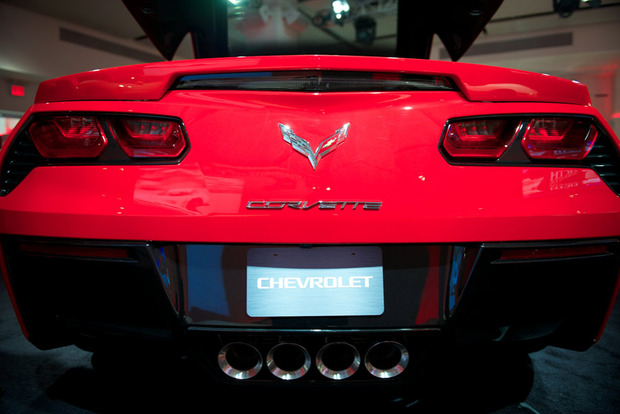
As far as substantial physical changes, one passion point is the lack of the Corvette’s traditional pop-up headlights. Why did you make that decision?
I mean Corvettes have had that since the C2 (in 1963). The first generation didn’t have them, you know. From an aesthetic standpoint, I’m thinking we’ve done this for a lot of years, but it’s time to move on. So I experimented and the proof was, when you stand back and look at the overall statement will it still say Corvette? Absolutely. But I’ll tell you, I got hate mail. This customer is very passionate.
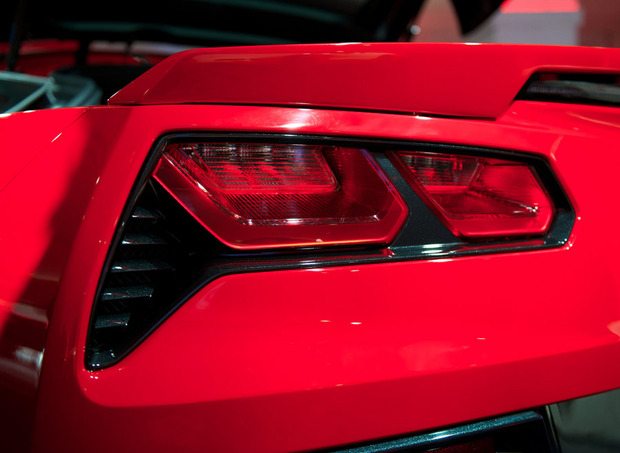
And what about the round tail lights?
As the design evolved they looked old on the car. They made the car look old, having the rounds on it didn’t fit because the form vocabulary had moved on significantly, at least it was my impression that they just did not work. Plus I wanted to make a different statement. The lamps are very sculptural. I always tell people go up there and stick their hand in the tail lamp. Stick your hand in it. A lot of people don’t realize it’s so dimensional.
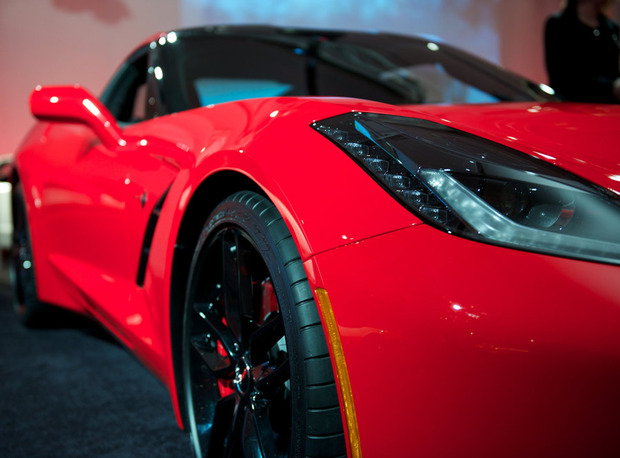
Tell us about the hood.
The hood is carbon fiber, but all these components have been worked by hand. Not only from an artistic standpoint, but also in a wind tunnel where we do computer-aided design. We call it CFD or Computational Fluid Dynamics. That gets us so far where we really understand the realities of aerodynamic influence, actually working on clay models by hand in the wind tunnel. There’s no substitute for it.
How do you develop that intrigue, the aesthetic aspect of that “synergy” you mentioned?
Inspiration from a design standpoint comes from many sources. It’s heritage. There’s how you translate it, identify and distill those elements that seem to be timeless. But from the standpoint of how we developed the C7, we wanted to make some bold moves here and capitalize on some of the things we’ve learned—particularly through racing and through previous vehicles.
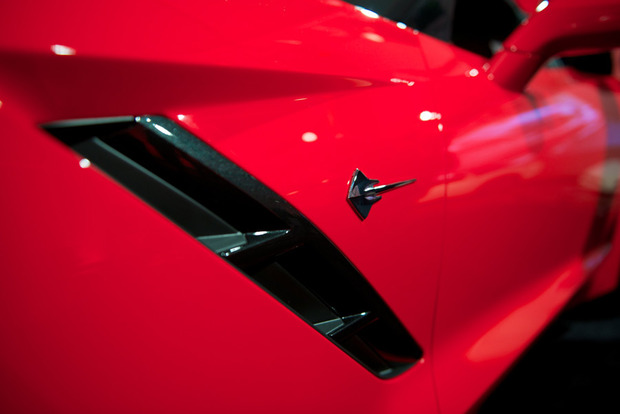
Why the interest in history?
I’m a firm believer in retro. I’m a believer in drawing from those heritage elements. You can apply that to music, I mean everybody has songs that they love and have stuck with them for their whole lives. And usually those songs are pretty simple, elegant, and powerful. And we can take the same approach when we do cars.
Images by Josh Rubin and Ryan McManus

